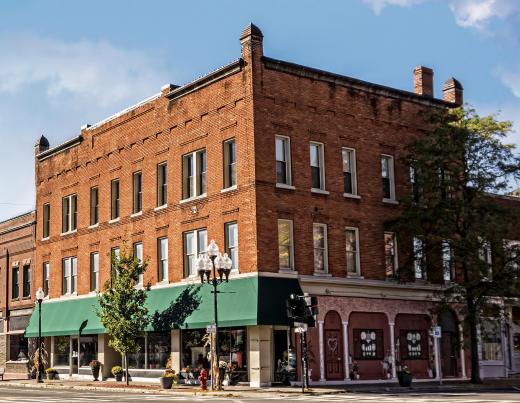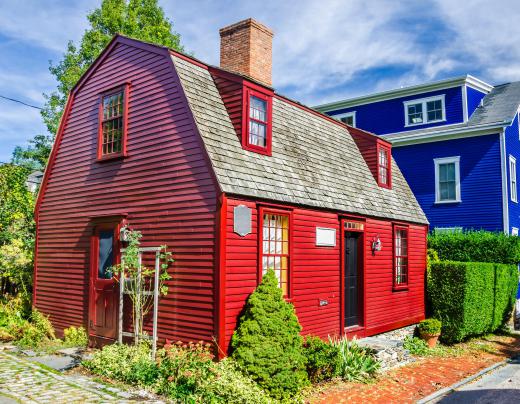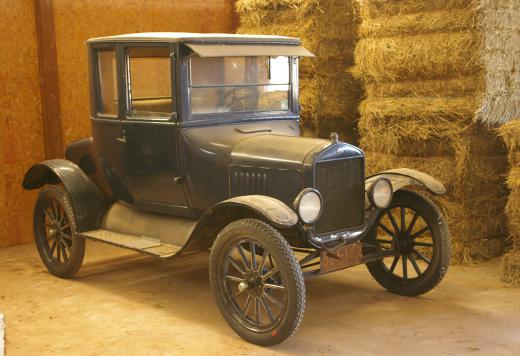Historic restoration is a process in which an object or structure is restored with an eye to its historic character, rather than just with the goal of restoring functionality. Restoration can be performed on homes, gardens, vehicles, and a wide variety of other objects. This procedure is often performed by a specialty contractor who has received specialized training in historic restoration, and it can be extremely costly.
There are a number of reasons to perform a historic restoration. In a classic example, an object or structure has suffered from lack of maintenance for an extended period of time, and the goal is restoration to former glory. For example, a Victorian home which has been allowed to molder may be treated to a restoration.

Restorations are also performed when an object or structure has been radically altered, with the goal of returning the object to its original state. In the example of a Victorian home above, a historic restoration might be performed on a home which was chopped up into apartments with dropped ceilings and other major modifications which have compromised the character of the home, such as covering wainscoting with drywall, installing carpets on hardwood floors, and so forth.

Contractors which perform historic restorations can work in a number of ways. Some pride themselves on using methods which were utilized during the period when the object was created, keeping a historic restoration as true as possible to the original. The contractor may fabricate replications and replacements for badly damaged or destroyed parts using original techniques if they cannot find replacements made during the period in question, and it also uses period-appropriate paints, finishes, and so forth. This type of restoration can be quite costly, as it involves a lot of detail work, research, and work by hand.

Other contractors try to maintain the character of the object, but may use modern methods to accomplish their goals. This type of restoration work is less costly, and tends to take less time. It can also be performed extremely well, creating an accurate look and feel which many people are content with. However, certain activities may prohibit structures from being listed as historic landmarks, or may interfere with acceptance of the authenticity of an object by a museum.
The process of historic restoration can be deeply enjoyable. Specialists often greatly enjoy doing the background research before they start work to learn more about the period in which the object or structure was made, and the techniques used by craftspeople of the time. Tracking down sources for everything from appropriately manufactured mechanical parts for a car to drawer pulls salvaged from other homes built during the period can also be a fun project. Putting together the restoration and watching the transformation of the object or structure is also a fascinating process.
Ever since she began contributing to the site several years ago, Mary has embraced the exciting challenge of being a About Mechanics researcher and writer. Mary has a liberal arts degree from Goddard College and spends her free time reading, cooking, and exploring the great outdoors.

